Afghan Theatre TV operates out of a soundproof garage 40 miles east of San Francisco, in a neighborhood that’s almost a caricature of a California suburb. Newish two-stories butt up against spills of bougainvillea and sunburned hills. There’s a view of the freeway and, beyond that, a postcard-ready slice of bay. On weekends, an ice cream truck trills around. It’s an unexpected setting for a studio whose Farsi-language variety shows stream online 24 hours a day to more than a million viewers a month, according to the station. But much about Afghan Theatre TV is unexpected, starting with its credo that politics and show business don’t mix, a position I thought would be at odds with a Muslim-owned station in the Trump era.
“We entertain,” says Haroon Ebrat, the network’s 66-year-old founding impresario and star. On most afternoons for the last six years, he’s shuffled out to his garage in house slippers to host the live call-in shows that have made him famous, or at least recognizable to the Muslims who mob him, groupie-like, in restaurants, supermarkets, and parking lots across the Bay Area. The calls—500 an hour, Ebrat says—come from all over: Canada, Germany, Russia, Australia, and many of the dozens of other countries that make up the Afghan diaspora. Ebrat sometimes stays on the line for three or four hours to talk and tell stories. Behind him, a green screen displays a sunset so overripe it’s almost thermonuclear.

Afghanistan has been in a quasi-permanent state of war for over three decades, historically exporting more refugees per year than any nation besides Syria. Most Afghans decamp to neighboring Iran or Pakistan, but approximately 124,000 live in America. Fremont, California, about an hour south of Ebrat, is home to what’s believed to be one of the country’s largest enclaves, dubbed Little Kabul. Afghan Theatre TV presents a version of Afghanistan that’s more than just warlords and terrorism—a version almost unrecognizable to younger Afghan viewers in the United States raised on CNN and network news.
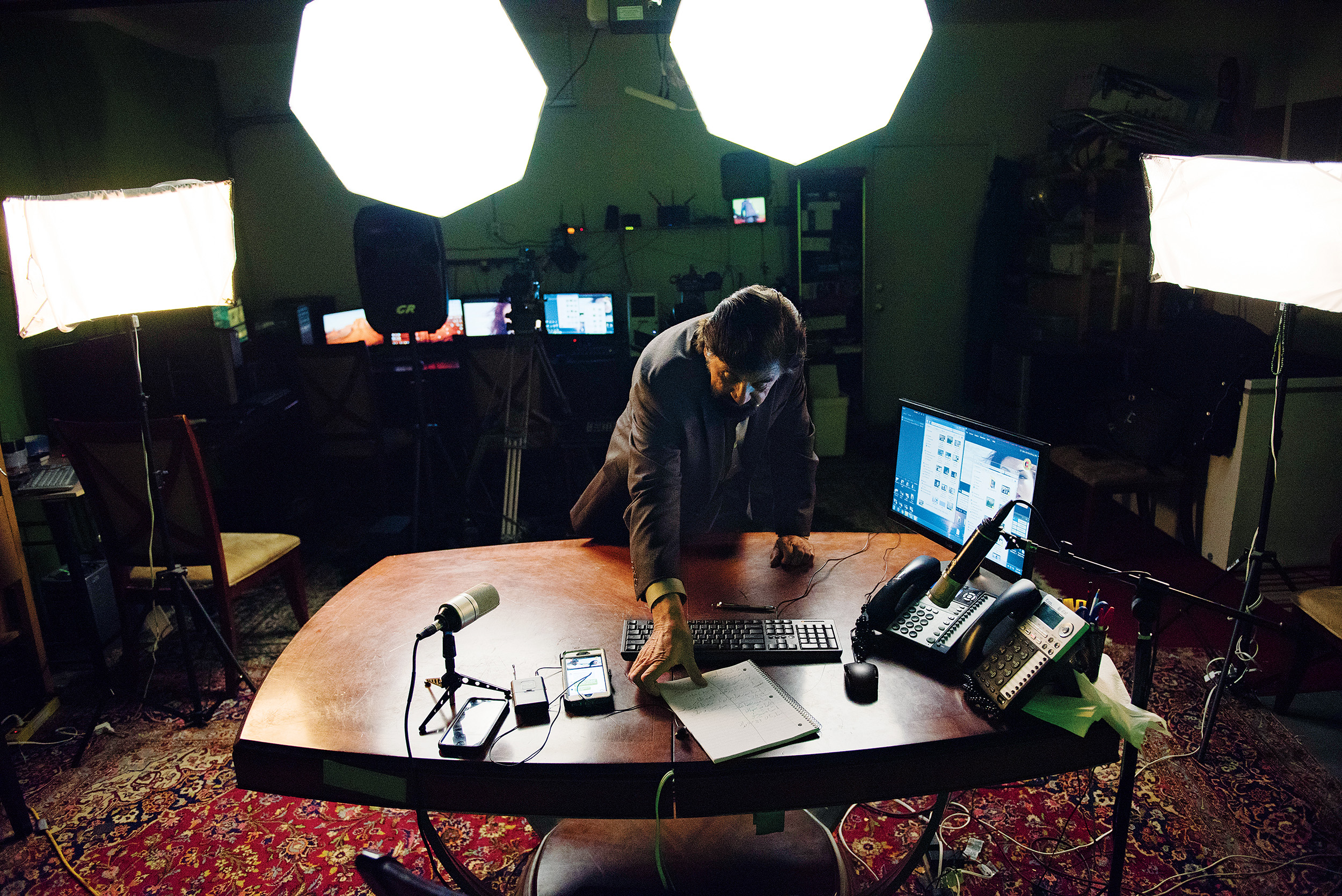
(Photo: Rosa Furneaux)
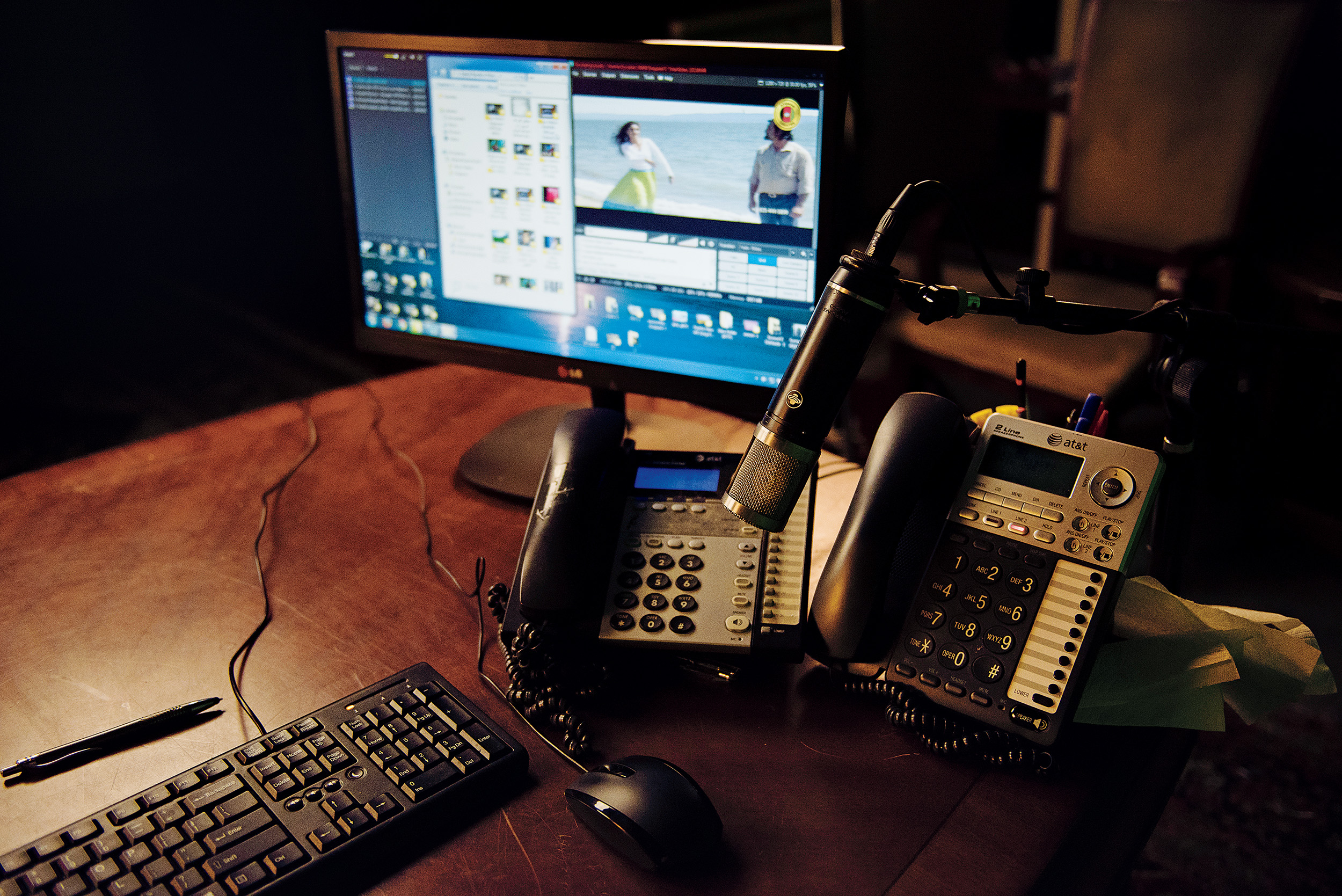
(Photo: Rosa Furneaux)
“He has preserved the culture of Afghanistan,” says Ebrat’s 36-year-old daughter Shabnam, who hosts a call-in show of her own, often accompanied by a local psychic who counsels callers about work and love. Such preservation has come at a cost, both literal and cultural.
Afghan Theatre TV is a family business, as are many of the more than 3,000 ethnic media outlets in the U.S. Shabnam’s older brother, Burhan, hosts a comedic game show on which he hides random objects—shoelaces, rocks, money—in a box and invites callers to guess what’s inside. Winners receive modest trophies, like a bag of rice or a gift card. In between these segments of original programming, the station airs Afghan music videos and concert footage, and on some nights local musicians perform traditional songs like a live house band (hence the soundproofing). Ebrat, a prolific filmmaker, also screens the movies he’s made, which are ultra-low-budget mash-ups of comedy, action, and music starring him and his family.
The station boasts a handful of Bay Area advertisers—kebab shops, halal supermarkets, Muslim-owned tax services—but Ebrat relies on his children to keep the lights on. (Shabnam is a real estate agent; Burhan works with cars.) This is a common pattern among ethnic media makers, says Matthew Matsaganis, a communications professor at the University at Albany–SUNY. “We don’t know whether this media is sustainable over the long term as standalone, independent ventures,” he says. “Many are running in the red but still keep doing it.”

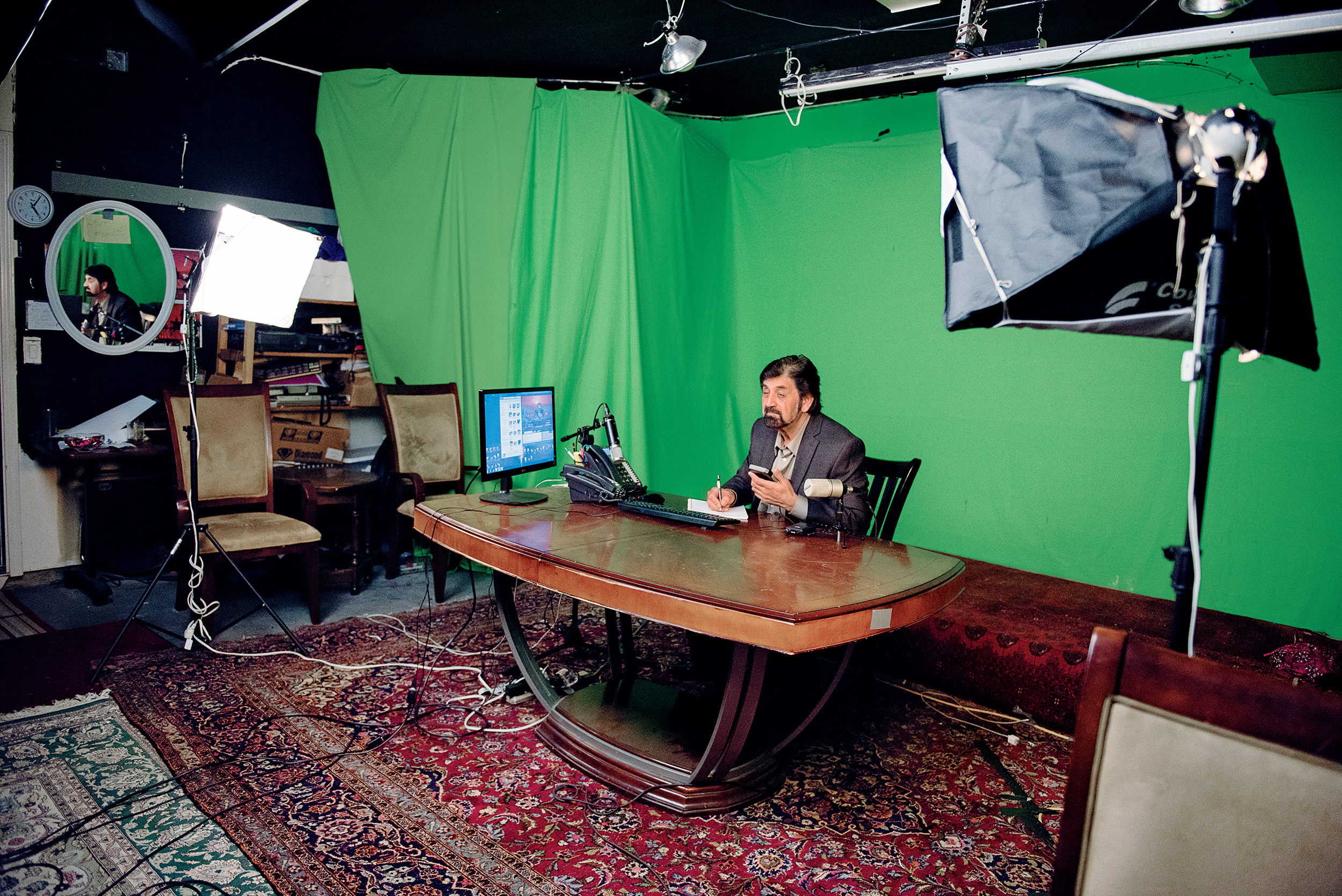
Media companies are in flux across the board, but ethnic media, produced by and for immigrants, faces unique challenges. The relatively small niche audiences, for example, can discourage advertisers. According to Matsaganis, most ad revenue comes from local or co-ethnic businesses rather than major national brands. Even large outlets struggle to survive. Channel 18, a multilingual network that broadcast out of Los Angeles for more than 40 years, filed for bankruptcy in 2012 before finally shuttering its international format in 2017. The Los Angeles Times reports that the channel will now broadcast English-language infomercials.
There’s also the matter of competition from homeland-based media whose websites (and videos) are more easily accessible. In the U.S., some ethnic producers have turned to podcasts as a more cost-effective option to woo audiences, but, as Matsaganis points out, older consumers can be less equipped or inclined to download such content. Meanwhile, Sandra Ball-Rokeach, a professor at the Annenberg School for Communication and Journalism at the University of Southern California, notes that news about the home country becomes less important to each subsequent immigrant generation.
Still, the majority of ethnic media outlets in the U.S. continue to feature news and commentary about life back home, which Ball-Rokeach argues can be a barrier to integration in America. For Ebrat, who emigrated to the U.S. in 1983, the station is less a barrier and more a lifeline to Afghan culture, with both local and international politics mostly sidelined. Knottier questions of integration and identity do surface in callers’ conversations with the network’s resident psychic, but, according to Shabnam, the questions tend to follow a formula: Women ask when they’ll find husbands, mothers ask about their children, and men ask about work. There’s nothing uniquely American about these exchanges, although they offer a kind of live eavesdropping among contemporary immigrants seeking reassurance that economic hardship, alienation, family troubles, and the rest are inseparable from their new American experience.
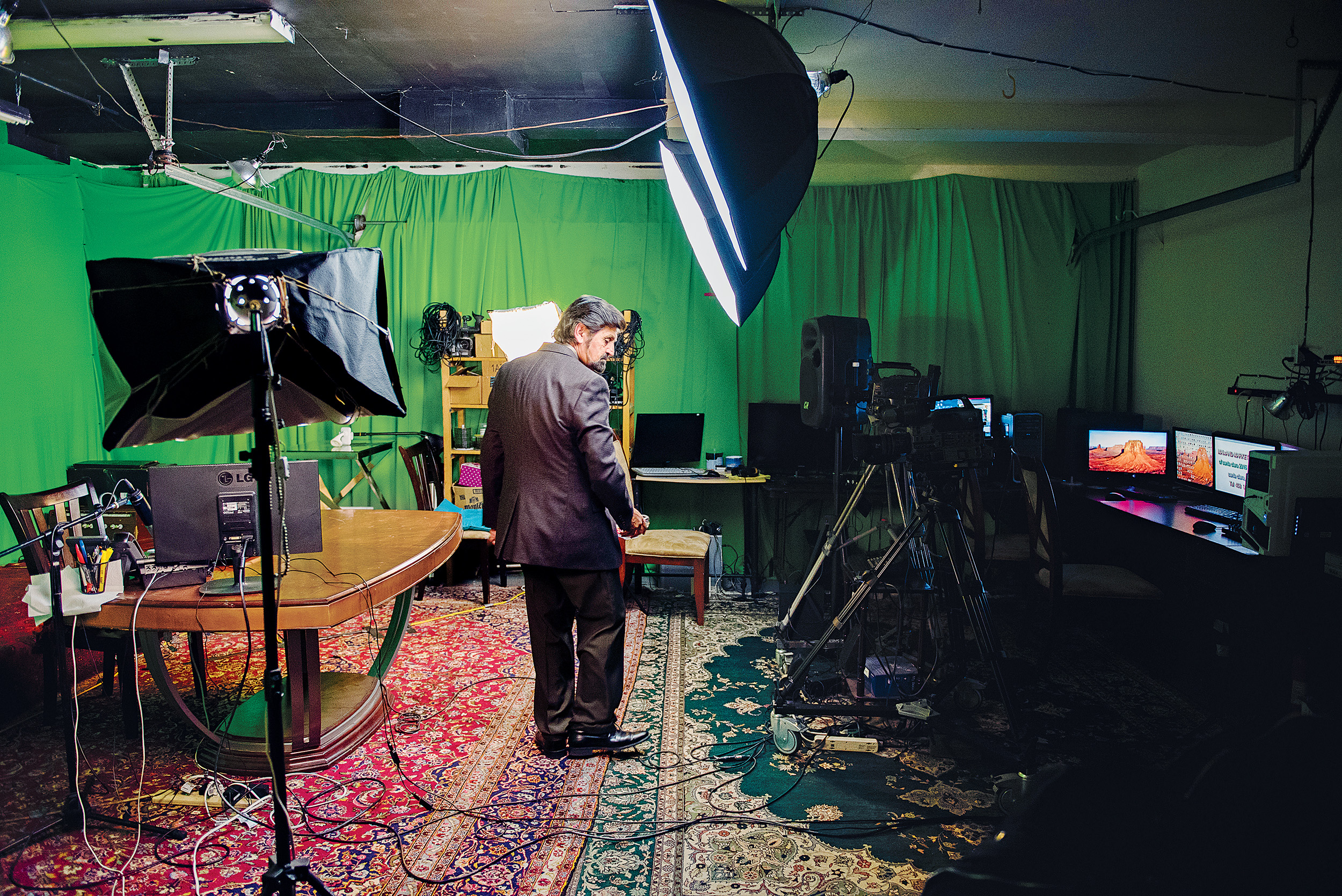
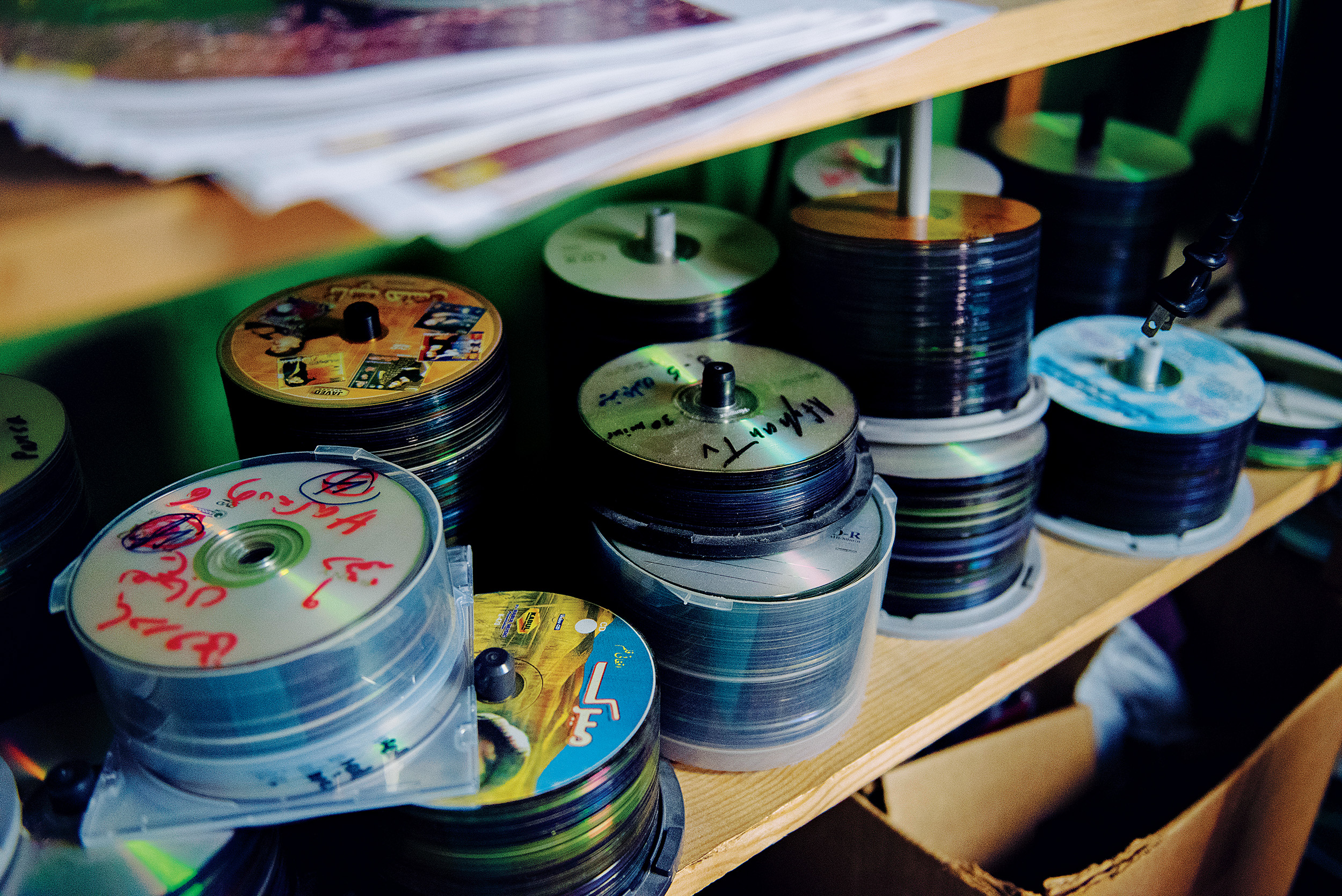
Part of that new experience includes reckoning with cultural disagreements within the same family. Shabnam Ebrat has become a target for older or more traditional Muslims who see her appearance—dyed-blond hair and make-up—as an affront to God. She doesn’t wear a hijab either. On Instagram, where her selfies reach about 23,000 followers, commenters debate whether or not she’s going to hell for posing in miniskirts and bikinis. In a clip uploaded to YouTube in 2013 and viewed more than 38,000 times, a caller to her show insults her for being a faisha, a Farsi word that means whore.
“She’s in good company,” says Matsaganis, who notes that audiences can be “nasty and troublesome” toward producers whom they see as dishonoring the homeland. In Shabnam’s case, there’s the added stigma of being outspoken in a society that, to many Western onlookers, muzzles women. In Afghanistan, some women have no public identity of their own. They’re referred to simply as the “wife of,” “daughter of,” or “sister of” their husband, father, or brother, a holdover from the country’s long tribal history. For Shabnam and other Muslim women, just wearing a tank top in public is an act of radical dissent. Unlike her cohorts in Afghanistan, however, Shabnam can afford to rebuke her critics out in the open. She was quick to trade on-air insults with the man who called her a faisha, for instance.
Shabnam’s brother Burhan has weathered his own blowback. Callers have threatened to throw acid on his tattoos, which many Muslims consider forbidden. “Life is pain” is stamped on his left forearm, while an “Afghan pride” emblem adorns his left bicep. Overall, though, politics are absent from Afghan Theatre TV, where the maxim is that entertainment brings people together and politics drive a wedge. Haroon is more interested in the zombie horror movie he has in production than he is in discussing the White House. His only stated political aspiration, however vague, is to restore peace in Afghanistan. On the second night of Ramadan in May of 2017, as the family sat around the kitchen and the television broadcast passages from the Koran, Ebrat brought out a large wooden gun and described his dream movie. It’s set in the 19th century, when Britain invaded Afghanistan for the first time. Haroon would play a kind of tribal pied piper who roams the countryside to unite beleaguered Afghan soldiers. As with Afghan Theatre TV itself, there’s a paradox at the heart of this vision: a movie about peace in which a gun plays a starring role.

Before Afghan Theatre TV, Ebrat broadcast his shows on a network 400 miles south, in Irvine, California. Ariana Afghanistan TV, started in 1989, is another 24-hour station that takes a more overtly political approach to its programming. Its founder is 68-year-old Nabil Miskinyar, a seasoned journalist with a record of defiant commentary and a kidnapping at gunpoint to prove it.
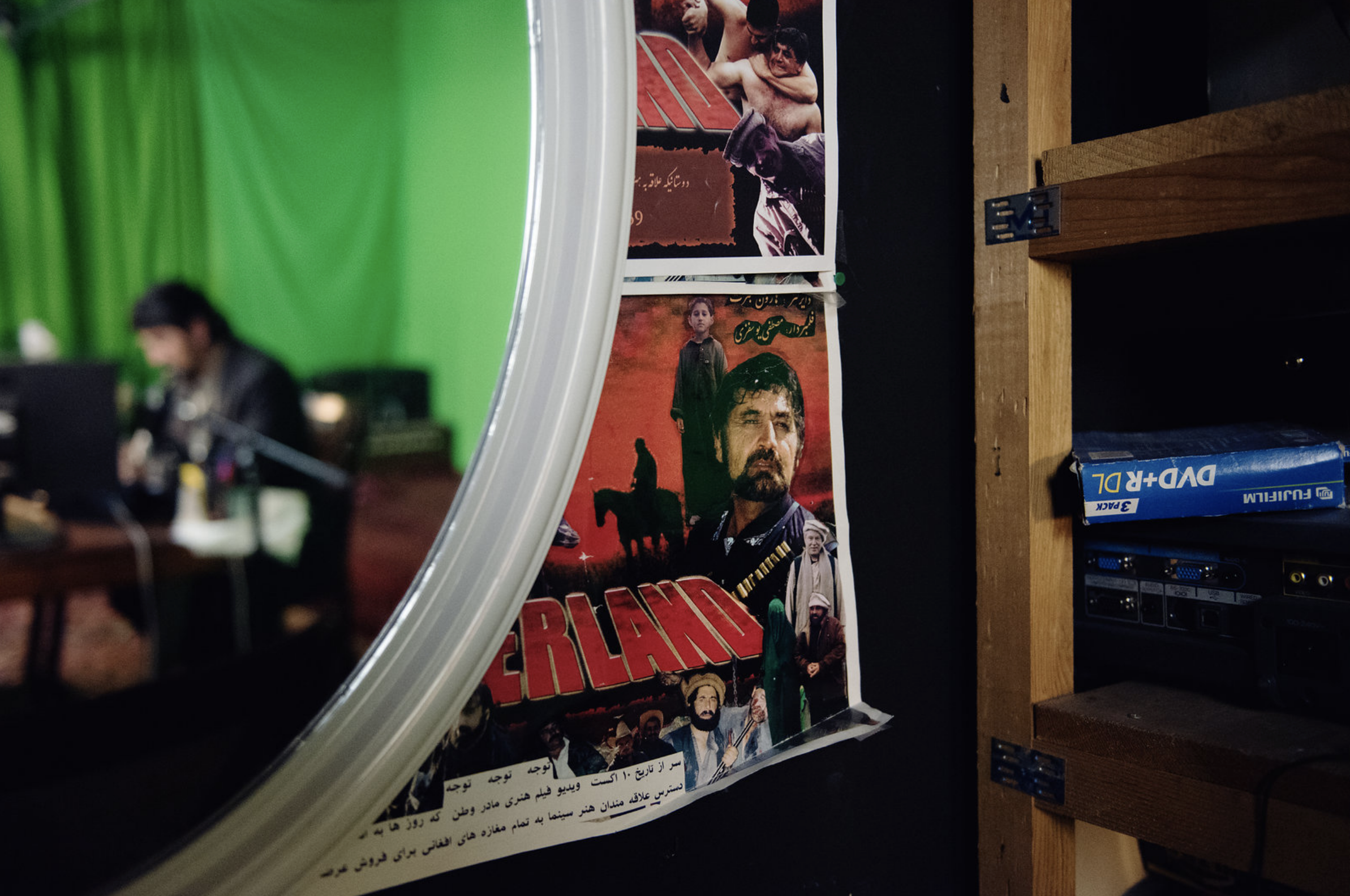
Nearly half a million viewers tune into Miskinyar’s show, which often highlights humanitarian issues. (The network’s tagline is “Voice of the People.”) Along with his daughter, network chief executive Wana Miskinyar, Ariana Afghanistan TV employs about 20 people, mostly immigrants from Afghanistan or Iran. The family owns stations in Canada, Germany, Afghanistan, and Dubai, and plans to debut a new “hard-hitting” news network in Afghanistan sometime in 2018.
This sounds noble enough, but Shabnam Ebrat dismisses Ariana Afghanistan TV without mentioning her former network by name. “None of the broadcasts in L.A. deserve the respect that [my father] does,” she says, reiterating that “he has preserved the culture of Afghanistan.” Likewise, when asked about Afghan Theatre TV, Wana Miskinyar delivers a cutting assessment: “Haroon’s show is comedy,” she says, “but it’s negative comedy,” meaning that the ramshackle sets, kitschy game shows, and Shabnam’s conspicuous bare flesh undermine the larger project of connecting audiences in Afghanistan and the U.S. “Our country is just opening up—you have to go slowly,” Wana says of Afghanistan. “You can’t just go on air in a miniskirt.”
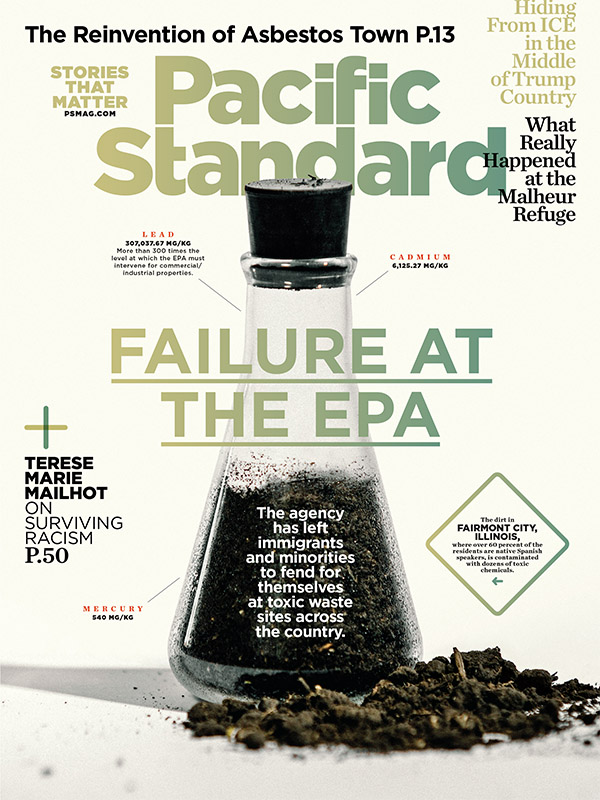
(Photo: William Widmer)
You could write this off as natural cattiness between competitors, but the two outlooks also reveal two different templates for ethnic media going forward. One is political and newsy, while the other is quirky and character-driven. Both have the same idealistic goal in mind, which is to bring peace to Afghanistan—and get good ratings along the way. It’s too soon to say which template will translate into long-term success, given the absence of advertisers and an audience that now has news from the homeland at its fingertips. Perhaps preserving one’s culture isn’t as urgent when you can experience it vicariously and in real time on Twitter, Facebook, Instagram, and Skype. Or perhaps that culture itself is changing in ways that these producers can’t preserve.
For now, the shows carry on, and the viewers continue to tune in. On the balmy Sunday afternoon I stopped by the Ebrats’ studio to watch a live broadcast in progress, Burhan had just finished his game show. He’d stashed chocolate in the mystery box, and viewers called in for about three hours to guess what was inside. Nearly a thousand people watched simultaneously on Facebook Live.
“Our show is famous,” he told me with a matter-of-fact shrug. As he put away the box, the “life is pain” tattoo on his arm was juxtaposed briefly against the inscription curlicued across the box’s lid: Life is beautiful.
A version of this story originally appeared in the May 2018 issue of Pacific Standard. Subscribe now and get eight issues/year or purchase a single copy of the magazine. It was first published online on April 26th, 2018, exclusively for PS Premium members.





